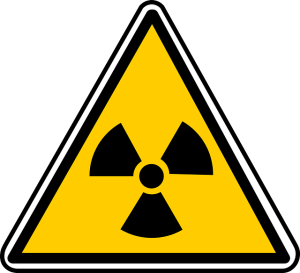How Does Radon Enter Your Iowa Home?
Radon is a radioactive gas that occurs naturally by uranium breakdown in soil, water, and rock. The most common way that radon can enter a home is through soil that lies around the foundation. Soil tends to carry a higher air pressure than the inside of a home does, and because of this, a house will absorb radon that is in the soil through holes and cracks in the foundation. Unfortunately, virtually any home is prone to radon entrance. Old or new, basement or no basement, it is estimated that one out of fifteen homes in the US has an elevated level of radon.

Another way that radon can find its way into your home is through water sources. Surface water won’t typically raise an issue; it’s ground water sources that are more likely to produce radon. For example, a private well or any other system that sources from ground water.
The last way that radon can get into your home is through granite, concrete, and other building materials. Although they can sometimes give off radon, they don’t run a high risk of causing it.
The most prominent routes for radon to enter include:
1. Pores and gaps in concrete slabs and foundations
2. Cracks in walls and floors
3. Floor-wall joints
4. Exposed soil (in a crawlspace)
5. Mortar joints
6. Well water
7. Building materials: brick, concrete, rock
8. Open tops of block walls
9. Service pipes that fit loosely
To read more about radon and the effects it can have in your home, check out our FAQ page. There is also additional information on the EPA website.

